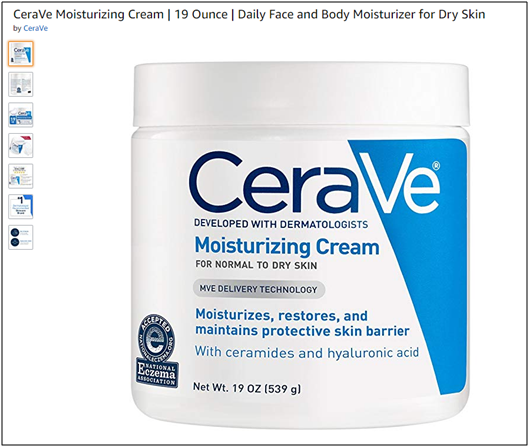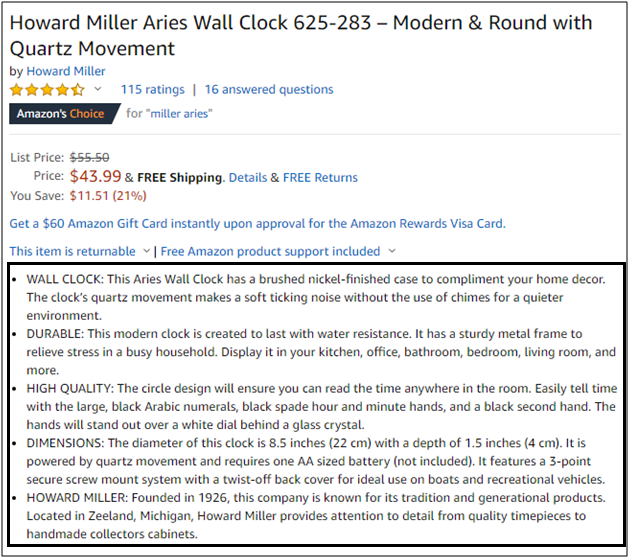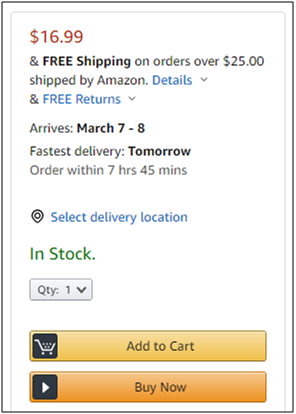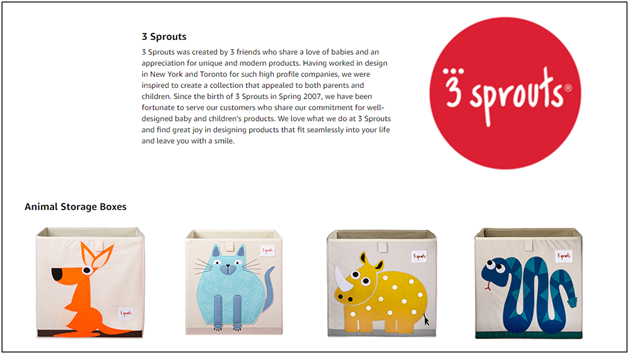Are your Amazon listings not getting as many sales as you’d like? Are you concerned that your ads are not as effective as you’d hoped? There are hundreds of articles and blogs on the internet with “quick Amazon hacks”. They may seem tempting, but don’t be fooled, there are no guaranteed wins on Amazon. This blog isn’t a "get rich quick" scheme, it’s a dive into the topic of retail readiness and how it can increase your sales on Amazon while making your Amazon ads more effective.
What is retail readiness?
Retail readiness is an easy way to check your listings to make sure they’re set up properly and are ready to be advertised. Amazon listings are made of many different parts, like titles, descriptions, images, bullet points, and more. Simply adding images and filling in these parts is often not enough to succeed. Brands and sellers should optimize their listings and make them retail ready before launching or advertising them.
Why is retail readiness important?
Simply put, your listings will get more views and sales when it provides a great experience to shoppers. This means making sure that the factors below are fully-customized and meet Amazon’s recommendations. Retail readiness helps sellers with Amazon listing optimization. Here are the 8 important parts of Amazon listings and how to improve them to make your listings retail ready:
1. Product Title
One of the first things shoppers see is the product title. This is true in Amazon’s search results pages as well as on product listing pages. Product titles should generally be between 60 and 80 characters, concise but not short. That being said, title limits differ based on the categories of your products. They should also include numerous important keywords that will help shoppers find your product via Amazon search. Our top 4 free Amazon keyword tools can help you find the perfect keywords.
2. Images
Unlike in-store shopping, Amazon shoppers can’t pick up and feel the quality of your products. That’s why it’s vital to have amazing images of your products. Your main images should have white backgrounds and all images should be at least 72 DPI and 1000 x 1000 pixels, based on Amazon’s recommendations. Also, we recommend at least 5 high-quality images per SKU to make it easier for shoppers to understand what you’re selling. Some of these images should show different angles of your products as well as the size of your items.

3. Bullet Points
The most important bullet point tip is that each bullet should focus on only one feature or benefit. This is because the last thing you want to do is overload shoppers. For example, if you sell grandfather clocks, then you may want to add that the clocks are made with quality materials that make the clocks last decades.

4. Customer Reviews & Ratings
Would you rather buy a product with 3.5 stars or 4.5 stars? What about a product with 4 reviews versus 250 reviews? The answers to these questions are clear. With high ratings and many reviews comes trust and reliability. Amazon recommends getting at least 15 reviews and a star rating of at least 3.5 in order to achieve retail readiness.
Amazon makes it easy to get legitimate reviews. We recommend making the most out of Amazon’s free automatic feedback system to encourage customers to give reviews. Other options include the premium services of Amazon Early Reviewer Program and the Amazon Vine Program. They allow sellers and vendors to pay for genuine, high-quality reviews.
5. Inventory
As a seller, one of your main priorities is making sure your products are always in stock. When your products are out of stock, you can bet that Amazon and its shoppers will notice and buy elsewhere. If this occurs frequently, then your organic search rankings will be negatively impacted and will result in fewer sales. Paying attention to inventory and sales trends will make it easier to predict how much inventory you’ll need to satisfy your customers.
6. Buy Box
There are often multiple sellers per product on Amazon. This means you may have to compete with other sellers/vendors that are selling the same products as you. The goal is to win the highly-coveted buy box. If you’re going to advertise your listings, or expect to increase your sales over time, then make sure you’re already winning the buy box. If you’re a seller, then check to see if the item is sold by your company. If you’re a vendor, make sure the buy box indicates the item is being sold by Amazon.
You can increase your chances of winning the buy box by meeting performance-based requirements. These requirements revolve around your status as a seller, customer shopping experience, order defect rates, and quality of shipping.

7. Description
Truth be told, shoppers don’t always read descriptions, but they’re still important. Descriptions help explain your products and brand(s) more in-depth. Not to mention they make it easier for shoppers to find your products via search!
The greatest descriptions typically have a maximum of 1200 characters, which is 240 words. They also describe who the product is for, what it’s features are, and how the features benefit your consumers.
8. A+ Content / Enhanced Brand Content (EBC)
This might be the most underutilized way to improve your listings! Many brands and sellers don’t take advantage of this because it has to be set up in a particular way.
A+ content replaces the description field when created. This is a good thing because descriptions aren’t nearly as customizable or effective at increasing buy rates and telling stories. On that note, your brand has an important story to tell. Consider this the place to explain your brand story, values, unique value propositions, and more. You can do this with high-quality images and rich text. You should also explain who your customers are and why they are loyal to your brand.

How We Can Help
We’ve been improving Amazon stores and making listings retail ready for more than 5 years. With this experience comes a deep understanding of how to perfect your product listings and increase your sales. Reach out to us to find out how we can help grow your business.







.png)
.png)
.avif)